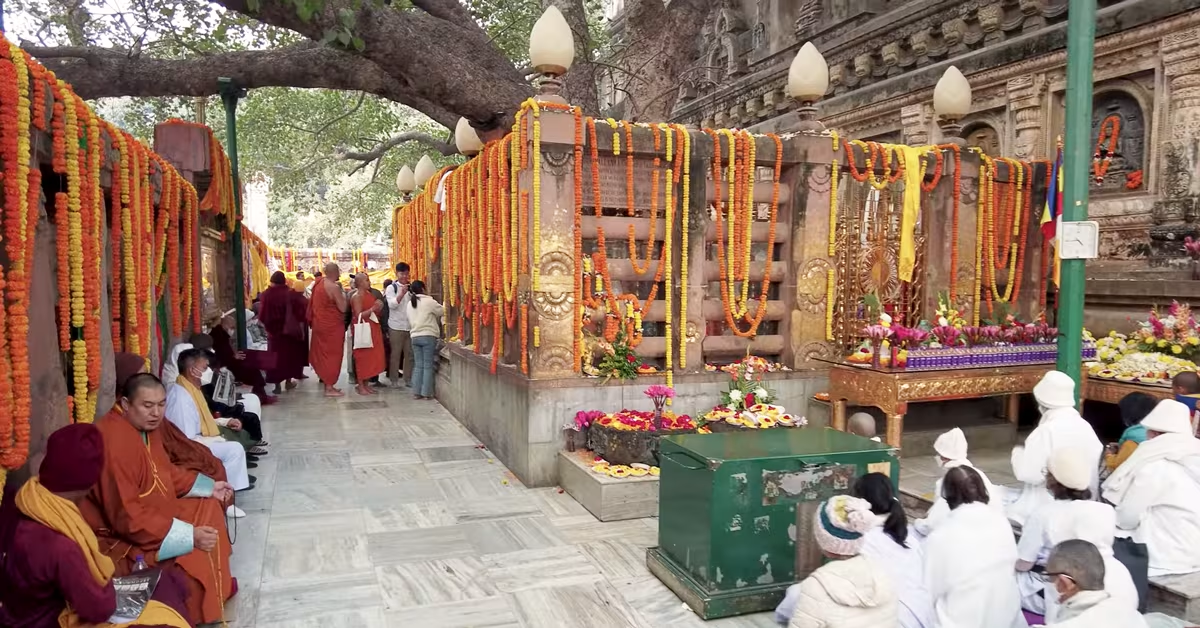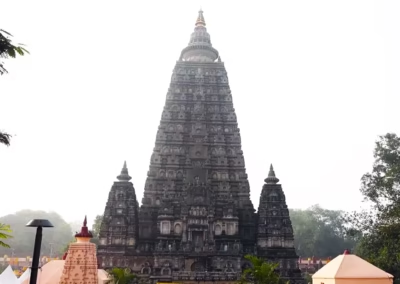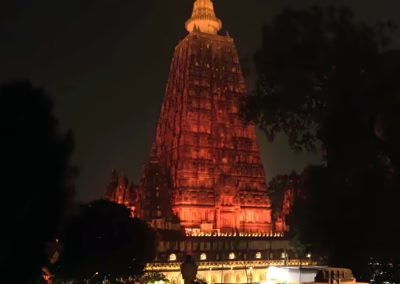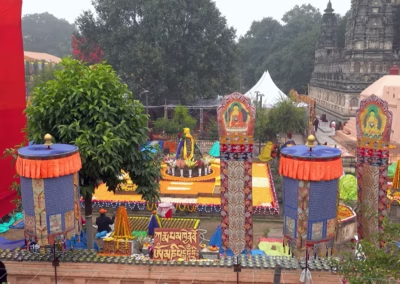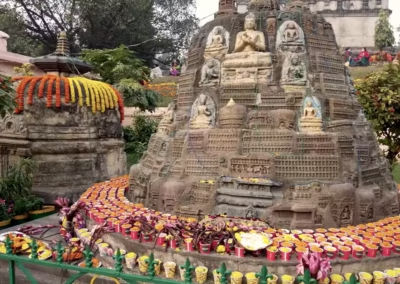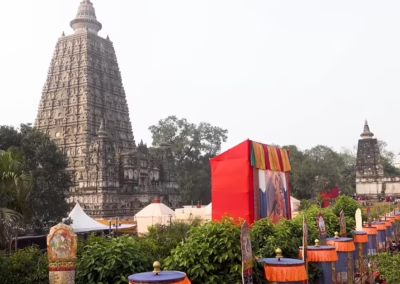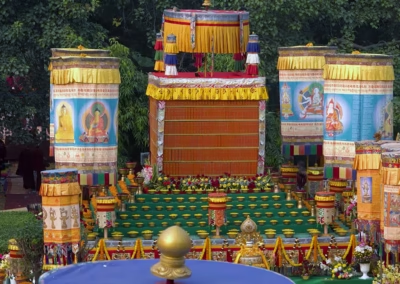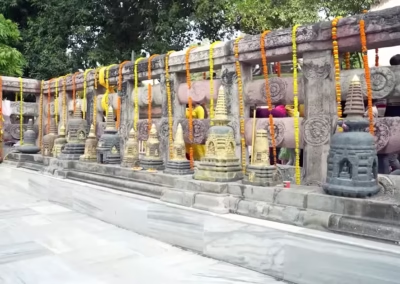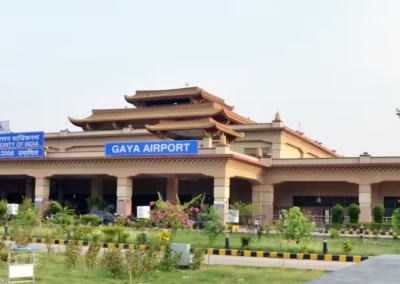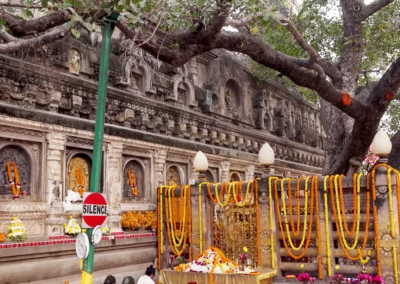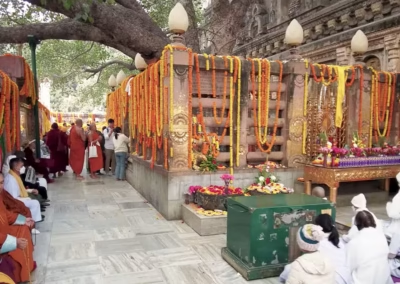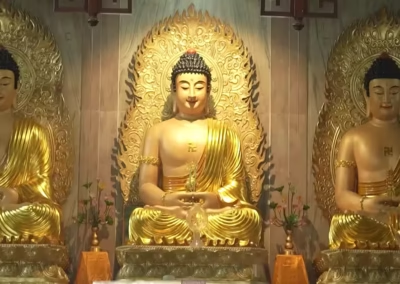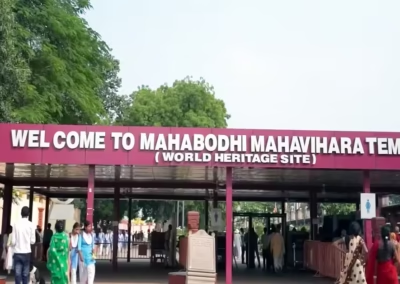Contents
When Noor Mahal was built?

The Noor Mahal, a gorgeous palace built in 1872 in Bahawalpur, Punjab, Pakistan, once a princely state of British India, is widely regarded as one of Pakistan’s undiscovered treasures. The Pakistani Army now owns the palace and uses it as a state guest home; it formerly belonged to the royal Nawabs of Bahawalpur.
This stunning palace was designed in the style of an Italian chateau and constructed along neoclassical lines despite being created at a period when modernism was prevalent. Although it was built in 1872, there are many different accounts of how it was put together. One popular theory holds that Nawab Sadiq Muhammad Khan IV had the palace constructed specifically for his wife. On the other hand, she only slept there for one night since she happened to view the adjacent graveyard from her balcony, and after that, she refused to stay there for any more nights. According to the legend, he never bothered to utilize it during his rule.
Who designed the Palace?
The structure was created by Mr. Hennan, an Englishman who worked for the state as an engineer. The year 1872 marked the beginning of the construction of Noor Palace. Upon entering the palace, there is still a whiff of Nawab Rule and the heritage that it left behind.

Nawab Subah Sadiq, the fourth, who was also known as the Shan Jahan of Bahawalpur for his enthusiasm for constructing magnificent buildings, commissioned the creation of Noor Palace. He did this because of his interest in architecture.
From which cities were building supplies and furnishings brought?
As a symbol of good luck, the state’s map and money were buried within the structure’s foundation. The majority of the building supplies and furnishings for the palace came from England and Italy. Work on the palace was finished in 1875 at the cost of 1.2 million rupees, and it was constructed using local labour. The covered area of Noor Palace is about 44,600 square feet.
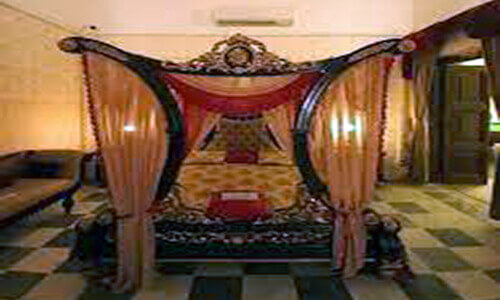

How many rooms, dooms, and verandas do Noor Mahal have?
It includes a total of 32 rooms, 14 of which are located in the basement, as well as 06 verandas and 05 domes. The design incorporates elements of both the Corinthian and Islamic forms of architecture, along with a touch of the subcontinental style. In Durbar Hall, a Corinthian influence may be seen in the architecture of the columns, balustrades, pediments, and vaulted ceilings. The five domes are characteristic of Islamic architecture, while the angular and elliptical shapes are a hallmark of architecture from the subcontinent. In 1906, Nawab Muhammad Bahawal Khan the fifth invested Rs. 20,000 to erect a mosque in the palace, which he named after himself. The design was inspired by the mosque that is located on the campus of Aitcheson College.


Who bought the Noor Mahal (Palace)?
The Auqaf department was given control of the building in 1956, the year when Bahawalpur State was formally incorporated into Pakistan. In 1971, the Noor Mahal palace was leased to the Army, who ultimately purchased it for a total of 119 million dollars in 1997. The Noor Mahal Palace Museum is a great place to see some historic Nawab items for yourself. Some of the items on show include swords, money, and even furniture. Photos of the Nawabs are displayed on one wall, and visitors are encouraged to pick the actual one out of the fakes.
Stunning and Memorable Noor Mahal Light Show
Noor Mahal can be visited?
The structure was eventually designated as a “Protected Monument” in September 2001 by the Department of Archeology of the Government of Pakistan, and it is now accessible to ordinary tourists, students, and other interested individuals with prior permission from the Pakistani Army.


